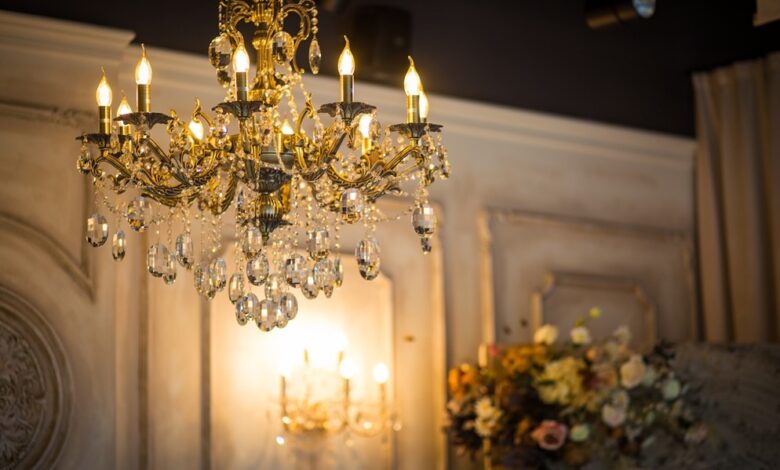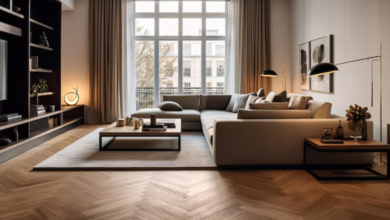How light affects our mood and perception of home

Every interior has its own character, and light is the secret ingredient that can take it to a whole new level. The right lamps and shades of light not only change the look of a room, but also how you feel in it. It can set the mood for a quiet evening, give you energy in the morning, or make an ordinary dinner with friends more enjoyable. Light is not just decoration—it is an often overlooked element that can transform your home into a truly cozy and comfortable place.
Warm vs. cool: how the color of light changes the atmosphere
The basic distinction is simple – warm light creates a cozy and calming impression, while cool light promotes concentration and clarity. Warm tones are therefore ideal for living rooms or bedrooms, where we want to relax. Cooler white light is suitable for a study or kitchen, where we need energy and a clear mind.
But it’s not just about the temperature of the light – intensity also plays a role. Dim light creates a calm, intimate atmosphere, while brighter light kick-starts our activity.
Light colors and their effect on the psyche
The color itself can completely change the atmosphere of a room and the way you feel in it.
- Blue has a clean and calming effect, while yellow is reminiscent of the sun and adds optimism.
- Green evokes harmony and connects us with nature.
- Red is full of energy, but it must be used carefully in interiors so that it does not have too disruptive an effect.
Similar to the color of light, the color of the chandelier itself can influence the mood in a room. For example, a blue chandelier not only adds a touch of elegance and originality to a space, but also visually calms the atmosphere. Blue has an airy, soothing effect, making it suitable for living rooms, bedrooms, or studies where calm and focus are important. It can also be a great contrast to neutral interior tones, white walls, light wood, or gray furniture will immediately come to life as a result.
How light affects everyday life
The psychology of lighting is not just about aesthetics. It’s about how we feel at home. Soft, warm light will calm you down in the evening and prepare you for sleep. In the morning, you will appreciate brighter, more energetic lighting that will get you started for the new day.
The right light can also influence social moments. Subdued lighting at dinner creates an intimate atmosphere, while brighter light during visits with friends promotes openness and energy.
Light and our biological rhythms
Our bodies are more sensitive to light than we often realize. Natural daylight affects the production of hormones such as melatonin and cortisol, which control sleep, energy, and mood. A lack of light during the winter months can cause fatigue and low mood, while sufficient light improves concentration and overall vitality. That is why it is good to combine natural daylight with appropriately chosen artificial lighting – so that the interior not only supports aesthetics, but also our biological needs and sense of well-being.
Give lighting the same importance as furniture
Just as you choose a sofa, table, or decorations, it is also worth paying attention to lighting fixtures. Properly chosen lighting can brighten up a space, highlight its strengths, and influence the mood people feel in it. It’s not just about the type of lamp or its shape, the placement and intensity of the light are also important. A combination of ceiling lighting, floor lamps, and spotlights allows you to change the atmosphere as needed, dim lighting creates a calm and cozy atmosphere, while brighter lighting encourages activity and concentration. Light thus ceases to be just a practical matter and becomes a full-fledged part of your home.




